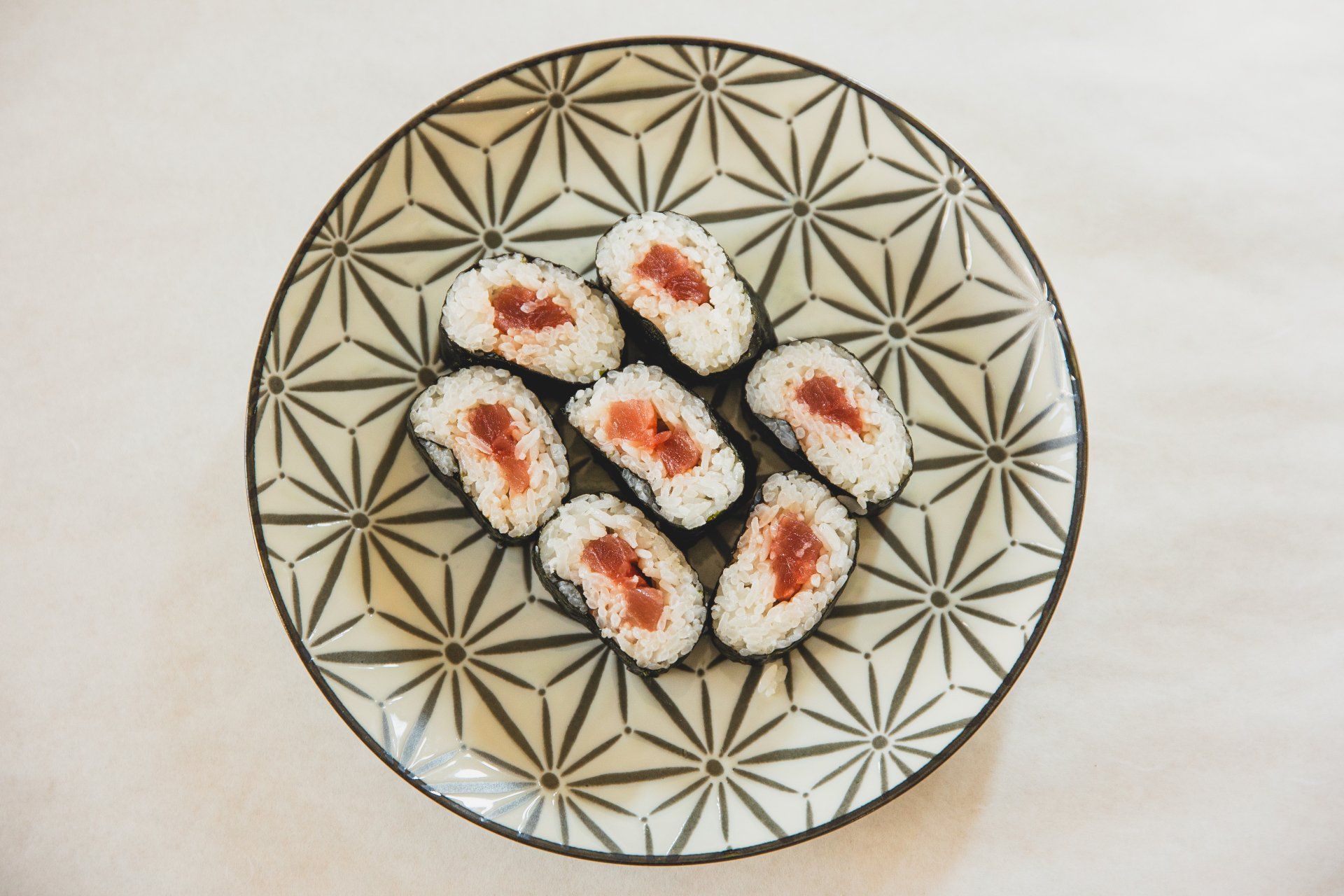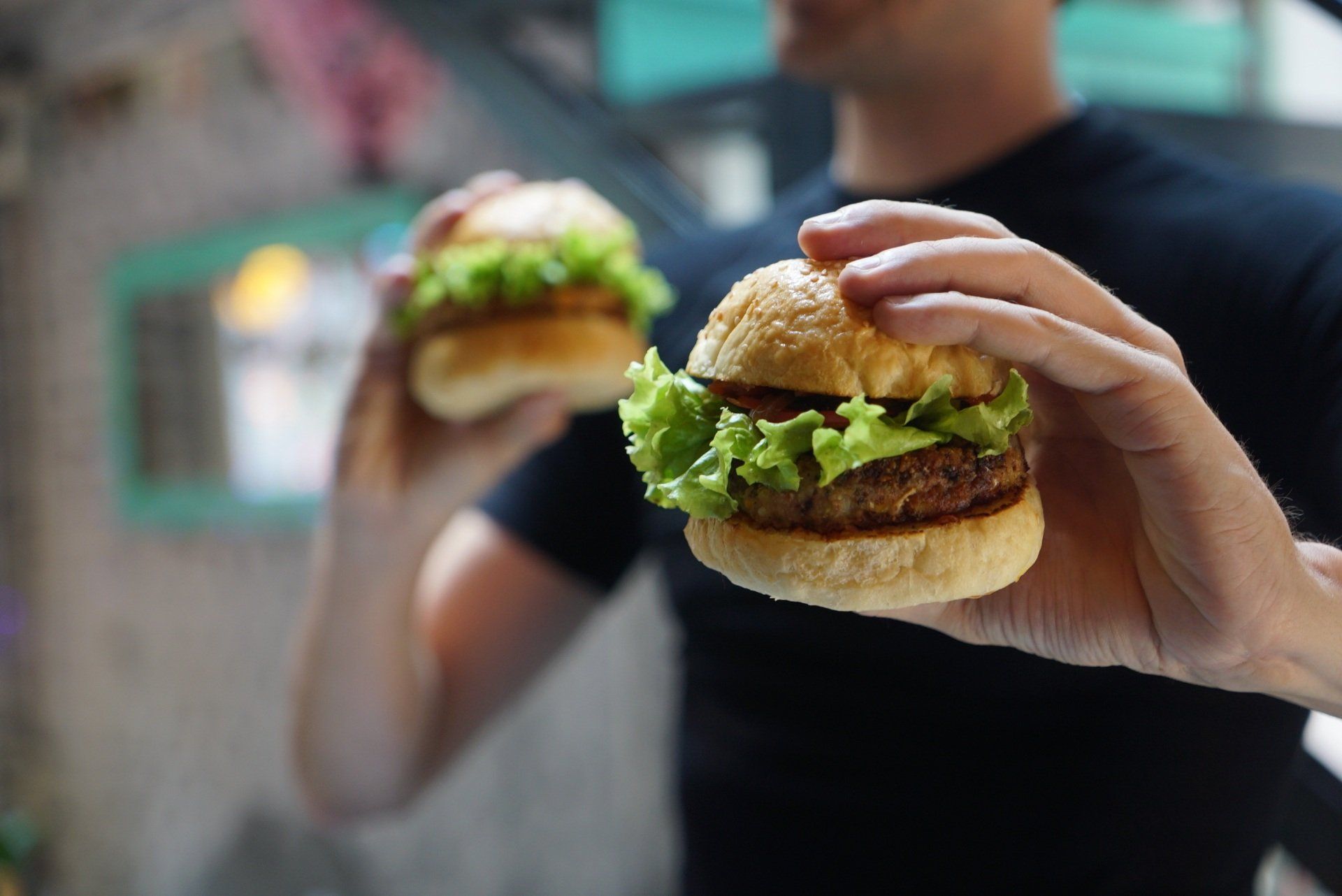Intuitive Eating How To: Incorporating A New Meaning Of Food
Restaurants can teach us a lot about how to incorporate “food as well-being” (a key concept to the intuitive eating consciousness) into our lives. The very word “restaurant” comes from the verb “to restore,” plainly showing us that food is more than nutrients.
Pick a restaurant, any restaurant. A French bistro, an Italian trattoria, an American diner. It could be high, mid, or low-end. Doesn’t matter. They all follow the Epicurean ideals of enhancing the pleasure we get out of food. How? Let’s look.
Ambiance
It starts with creating the air of an “event.” You are not just coming to fill your stomach (you could do that at home). You are coming for a certain kind of food experience. From the lighting to the tablecloths (or lack of), from the cutlery to the serving platters, the purpose of the environment is to help you enjoy the food more.
Aesthetics
There’s a traditional saying in the Middle East —“The eye eats before the mouth.” It refers to giving food an attractive and pleasing appearance, presenting it in certain ways that increase positive emotions and meaningful memories.
Rituals
From the servers introducing themselves to placing drink orders before the meal, there is a sequence of events designed to deepen the food experience. Sometimes they’re grand—like the pageantry and majesty of a wine tasting; sometimes they’re small, like the waitstaff singing happy birthday.
Cultural Provenance
The menu says the salmon is wild-caught. The server says the steak came from grass-fed, Argentinian Pampas cows. The Jamaican woman at the farmer’s market has a unique way of shredding chicken for the chicken salad. We enjoy food more when we know where it’s sourced, how it’s prepared, and what stories, myths and legends are attached to it.
The Quest for the Holy Quail
You certainly don't want to turn your home into a restaurant, but restaurants that offer a “total table” experience can guide you to the things that are important—atmosphere, aesthetics, rituals, traditions, stories, and practices.
Try to “tablescape” your dining room or kitchen table with different lighting or perhaps using the ceiling as a “fifth wall” (with wallpaper, paint, or molding). Would candles set a mood? Should you dress up the floor with a rug? Do you have plates and cutlery with interesting stories attached to them?
When you operate out of a belief that being fed isn't the same thing as being nourished you stop seeing food as separate from the environment it’s in, the people who partake, and the feelings it evokes. You want to improve these “non-food” aspects not because they’ll help you lose weight or make you look good (although they will) but because you have a new consciousness compelled to express these values.
In the Epicurean (intuitive eating) mindset, meaning and connection are more important than money and status. It’s not about spending a fortune or getting your dining room featured in an Architectural Digest spread; it’s about helping food become more than the thing that fills your belly.
In this mindful consciousness, your beloved grandmother’s worn, wobbly table is more valuable than a new, luxury dining table with gold inlays.
You don't have to be a faddist, a sommelier, or an effete aristocrat to cultivate an Epicurean, “food as well-being” consciousness. You just must appreciate food’s multi-dimensional pleasures.
Nothing will help you make the transition from “food as nutrients” to “food as well-being” than incorporating rituals to every meal and snack. Yes, snacks. If pleasure is the driving force in the epistemology of “food as well-being” then rituals are the fuel it runs on. Cross-cultural researchers have known for decades that rituals are inseparable from aesthetics, integral to gratification and indivisible from the comfort food provides.
What they didn’t know, until recently, was how instrumental they are to losing weight. Wait till you see what I have in store for you in the next blog post!
Academic Studies Informing This Article On Intuitive Eating
Nestorowicz, R., Jerzyk, E., & Rogala, A. (2022). In the Labyrinth of Dietary Patterns and Well-Being-When Eating Healthy Is Not Enough to Be Well. International journal of environmental research and public health, 19(3), 1259. https://doi.org/10.3390/ijerph19031259
Quote: People paying attention to the health aspects, pleasure and social dimension of food meaning show higher levels of FWB than people focusing exclusively on health aspects.
Boles, D. Z., DeSousa, M., Turnwald, B. P., Horii, R. I., Duarte, T., Zahrt, O. H., Markus, H. R., & Crum, A. J. (2021). Can Exercising and Eating Healthy Be Fun and Indulgent Instead of Boring and Depriving? Targeting Mindsets About the Process of Engaging in Healthy Behaviors.
Frontiers in psychology,
12, 745950. https://doi.org/10.3389/fpsyg.2021.745950
Quote: Meanwhile, interventions targeting mindsets about the appeal of healthy eating increases in-class fruit and vegetable selection more than emphasizing the importance of eating nutritious foods.
Vaillancourt, C., Bédard, A., Bélanger-Gravel, A., Provencher, V., Bégin, C., Desroches, S., & Lemieux, S. (2019). Promoting Healthy Eating in Adults: An Evaluation of Pleasure-Oriented versus Health-Oriented Messages.
Current developments in nutrition,
3(5), nzz012. https://doi.org/10.1093/cdn/nzz012
Quote: These findings suggest that the leaflets would be appropriate to promote healthy eating through 2 distinct approaches (health and pleasure paradigms) and propose that different effects on attitude could be observed from these 2 approaches.










